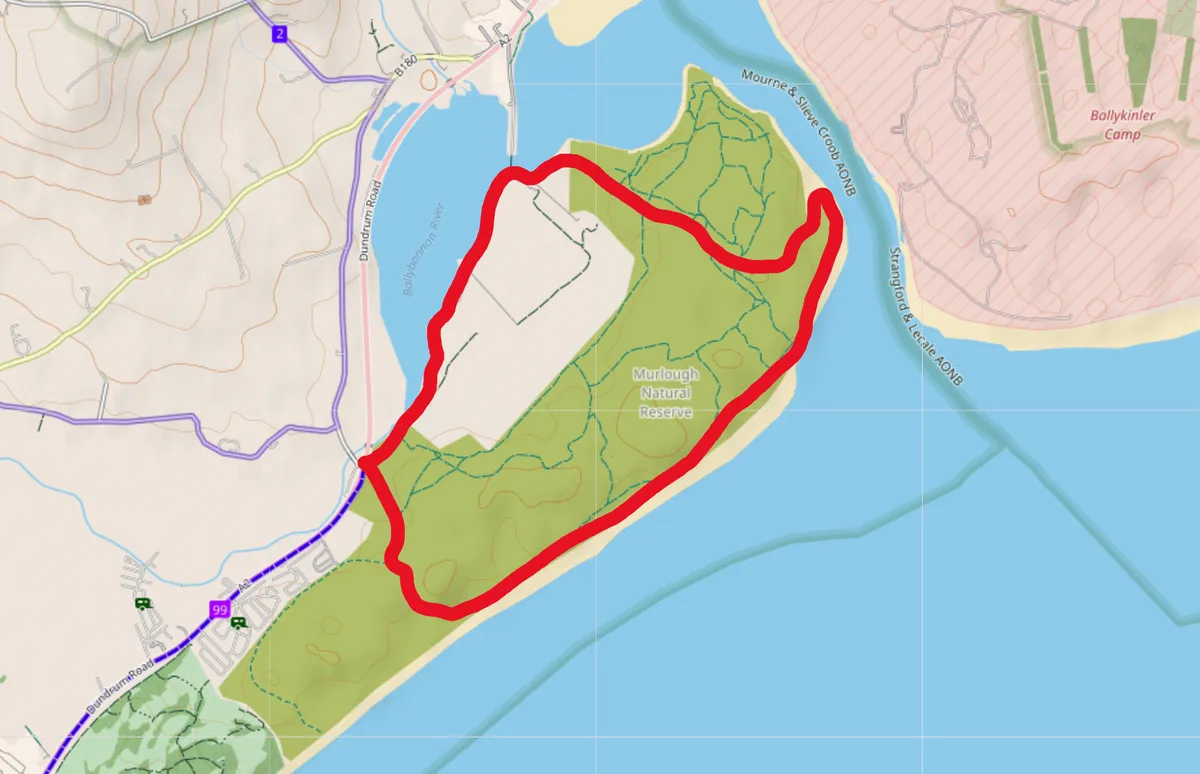Situated 3.5 miles north-east of the coastal town of Newcastle in County Down, Murlough National Nature Reserve is a wildlife-watchers’ dream.
Its range of habitats play host to a vast diversity of flora and fauna, and the long, sandy beach is the focal point of a fantastic walk, overlooked by the iconic Mourne Mountains.
Learn all about Murlough National Nature Reserve in County Down, including wildlife, history and where to walk.
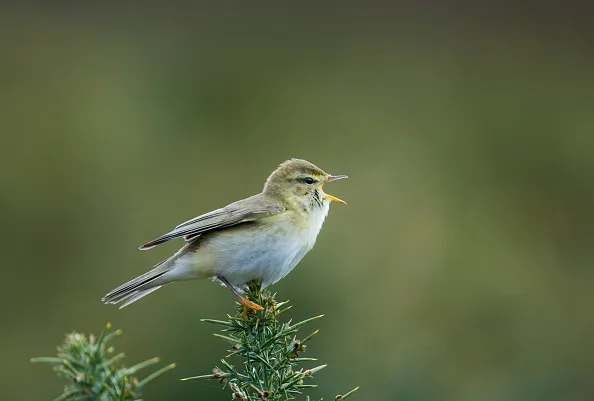
What is special about Murlough National Nature Reserve?
Murlough was the first National Nature Reserve to be designated in Northern Ireland and has been cared for by the National Trust since 1967. It is home to a fragile 6,000-year-old dune system, and it is thought that human history here extends some 4,000 years with evidence of occupation from the Neolithic and Bronze Age periods.
Today, Murlough – which derives from the Irish ‘Murlach’, meaning ‘sea inlet’ – is a landscape shifted and shaped by the wind and waves that whip across the natural enclave of Dundrum Bay.
Related articles
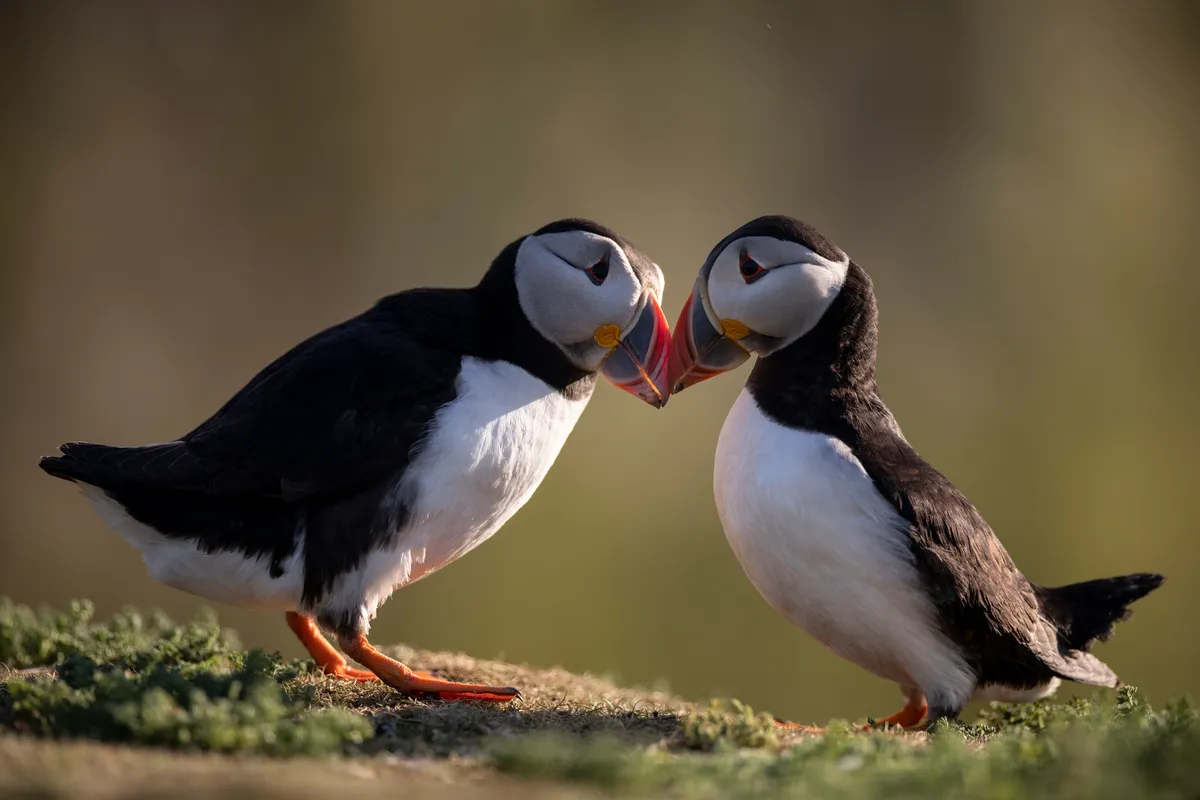
Murlough National Nature Reserve wildlife
Habitats at Murlough include species-rich grassland, woodland, coastline and dune heath, an element that is rare across Europe. The dunes themselves climb high above the beach and are only dwarfed by the majestic Mourne Mountains that rise to the south, their gorgeous outline dominating the surrounding landscape.
Unsurprisingly, the range of wildlife to be found at Murlough is spectacular. Rabbits were introduced here during the 12th century and today the population plays an important role in preserving the dune structure. Wildfowl and waders, common and grey seals, 23 species of butterflies (the reserve is one of the last strongholds of the endangered marsh fritillary), over 250 types of beetle and even the pygmy shrew – the smallest mammal found in Britain – can all be found within the reserve. It truly is an incredible place, and one best explored with this easy circular walk.

Murlough National Nature Reserve Walk
Distance: 4.75 miles/7.6km | duration: 2.5 hours | difficulty: easy
1. Flowers in the sand
The walk starts at the large Murlough National Nature Reserve car park that sits on the north side of the A2, a few minutes’ drive from Newcastle. Carefully cross the road into Murlough National Nature Reserve to join a track that immediately splits.
Keep right on to a lane then pass through a gate and follow a boardwalk south-east towards Dundrum Bay, backed by the enormous dune system that rises some 20m in height.
The boardwalk veers right and drops down to a fork. Go left through grassland; in spring and summer there are lots of wildflowers here, including marram grass, bird’s-foot trefoil, wild pansy, shepherd’s cress, lady’s bedstraw and devil’s-bit scabious (a particular favourite of the marsh fritillary).
Continue all the way to the dunes and walk through them to reach the gorgeous beach at Dundrum Bay, where the boardwalk culminates. The beach offers a sumptuous vista of the Mourne Mountains, particularly the peaks of Slieve Commedagh and Slieve Donard – the latter, at 850m above sea level, is the highest point in Northern Ireland.
Devil’s-bit scabious blooms from July to October
2. Basking seals
Turn left and follow the gorgeous curve of Dundrum Bay north-east – if the tide is out, the sand is firmer away from the dunes – with the outlook extending all the way to St John’s Point Lighthouse. Built in 1844, it stands 40m high and is the tallest onshore lighthouse on the Irish coast.
It is a stunning beach to walk along with plentiful birdlife. Little egrets, dunlins, pale-bellied Brent geese, oystercatchers, golden plovers, lapwings and godwits are just a few of the species that can be seen here at different times of the year.
Continue on, with the beach and dunes eventually curving left to reach the inlet of Dundrum Bay, a good place to spot common and grey seals basking on the sand.
Now the sand heads north-west along the southern shore of the inlet, to the right of woodland, where there are fine views of the village of Dundrum and its prominent castle. It is thought that Dundrum Castle was constructed in 1177 by John De Courcy as part of his coastal defence after he invaded Ulster. Walk along the sand for 300m to reach a wide gap in the trees.
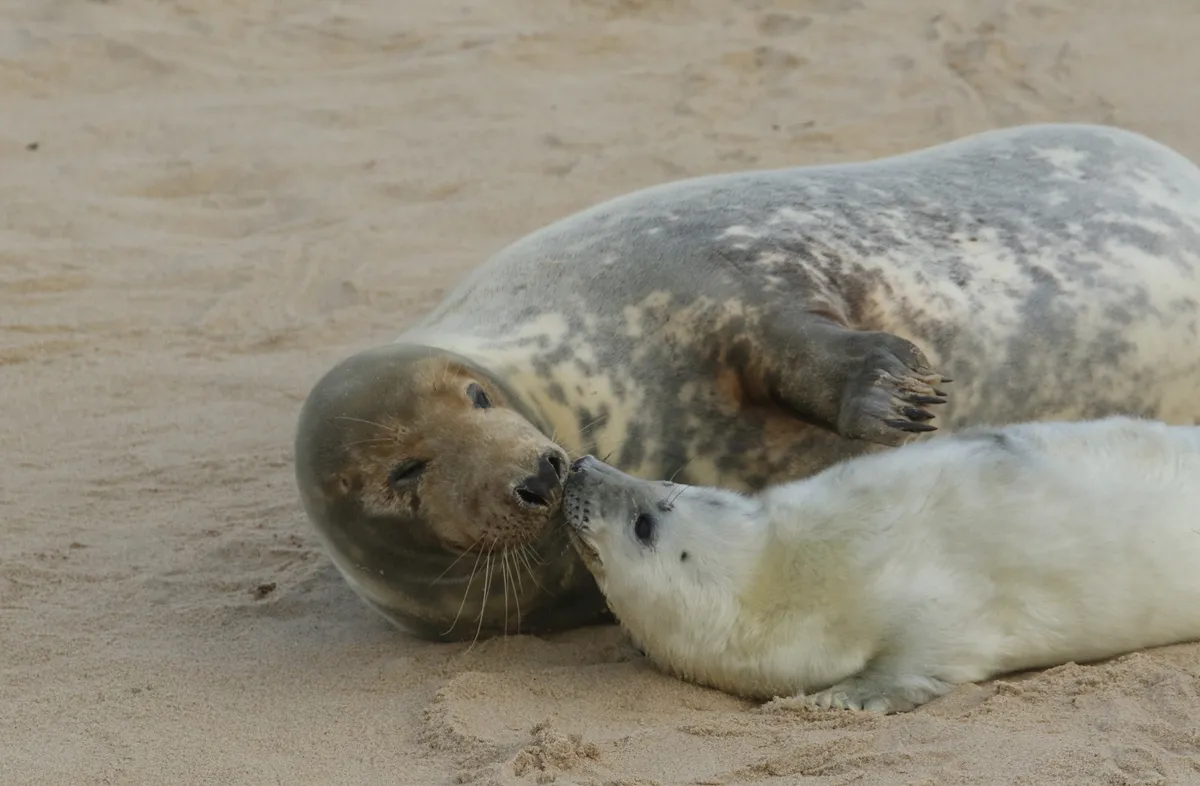
3. Bridging the bay
Turn left away from the inlet and head south along the sand for approximately 150m to a flight of steps on the right.
Take these into the woodland and follow a path, soon climbing more steps. At the top, continue straight on around a barrier, then turn right on to a road. To the left is the impressive Murlough House, dating to around 1900.
Follow the access road north-west, enjoying the peaceful estate grounds surrounding Murlough House and fine views towards Slieve Croob and Dundrum. When the road eventually leaves the estate grounds, keep on, then, just before reaching Downshire Bridge, which spans Dundrum Inner Bay, turn left on to a track.
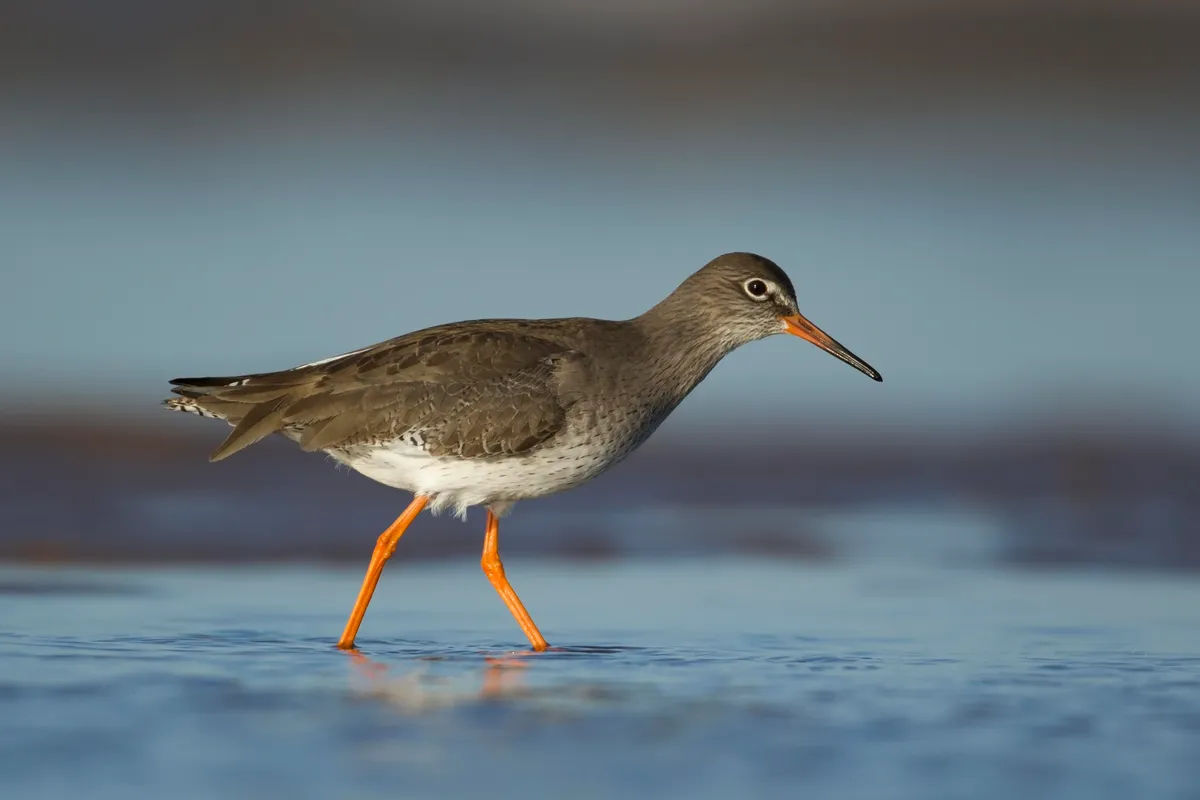
4. Shoreline birds
The track offers easy walking along the bay, another haven for birdlife, including lapwings, redshanks, oystercatchers and curlews. During the winter, small numbers of black-tailed godwits, turnstones and grey plovers may be present.
When the track splits, keep right to pass several cottages before it runs alongside the southern edge of Dundrum Inner Bay. Taking in further fabulous views of the Mourne Mountains, continue all the way back to the A2, carefully cross the road and return to the car park.
Murlough National Nature Reserve map
